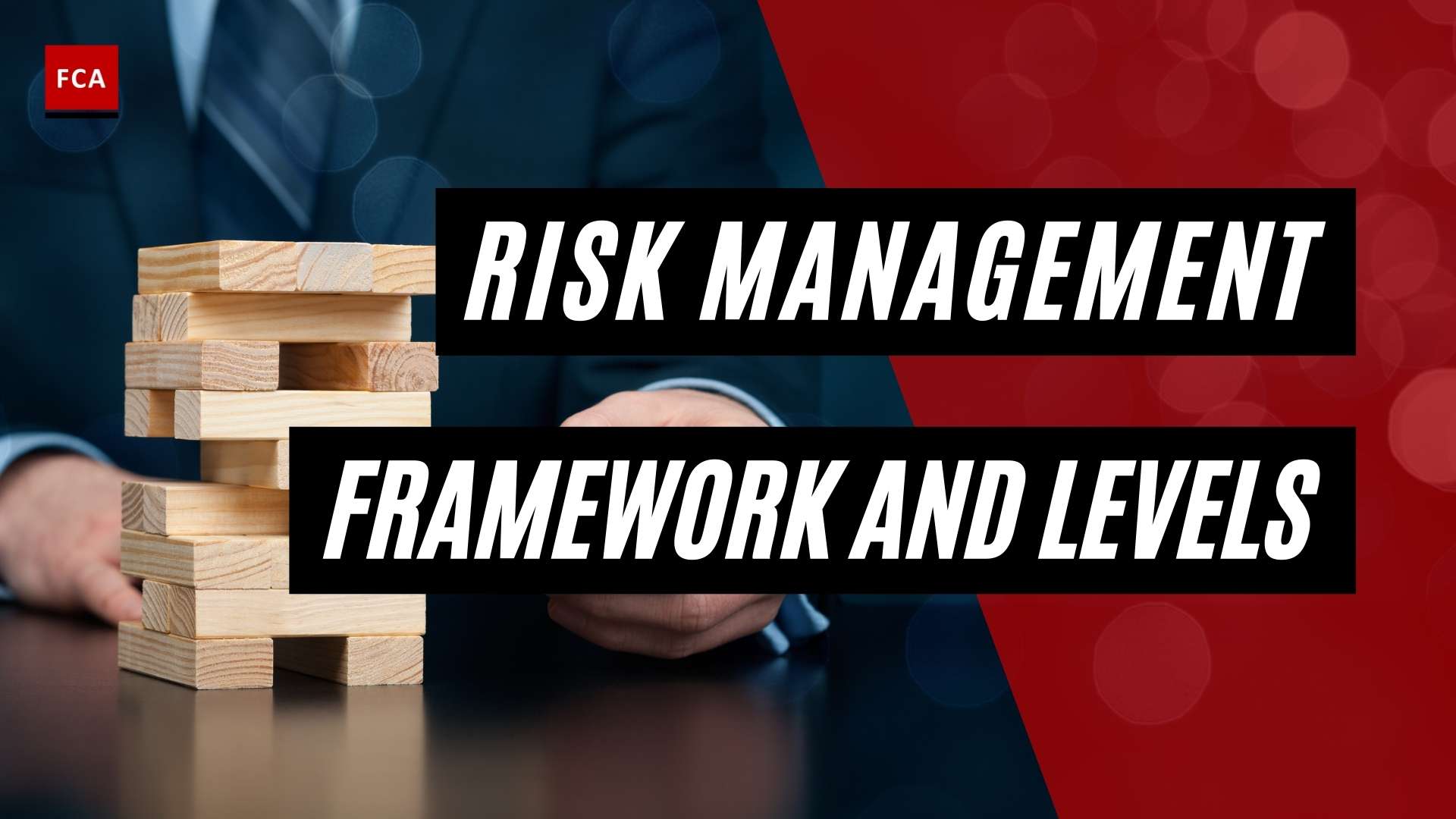Closely linked to risk appetite is risk tolerance, the acceptable variation in performance. It describes the range of acceptable outcomes related to achieving a business objective within the risk appetite. It also provides an approach for measuring whether risks to achieving strategic and business objectives are acceptable or unacceptable.

Understanding Risk Tolerance
Understanding the tolerance for variation in performance enables management to enhance the entity’s value. For instance, the right boundary of acceptable variation should generally not exceed the point where the risk profile intersects risk appetite. But where the right boundary is below risk appetite, management may be able to shift its targets and still be within its overall risk appetite. The maximum point where the performance target could be set is where the right boundary of tolerance intersects with risk appetite.
Unlike risk appetite, which is broad, tolerance is tactical and focused. That is, it should be expressed in measurable units, preferably in the same units as the business objectives, be applied to all business objectives, and be implemented throughout the entity. In setting tolerance, the organization considers the relative importance of each business objective and strategy.
For instance, for those objectives viewed as highly important to achieving the entity’s strategy, or where a strategy is highly important to the entity’s mission and vision, the organization may wish to set a lower tolerance range. Tolerance focuses on objectives and performance, not specific risks.
Operating within defined tolerance provides management with greater confidence that the entity remains within its risk appetite and provides a higher degree of comfort that it will achieve its business objectives.
Performance Measures and Established Tolerances
Performance measures related to a business objective help confirm that actual performance is within an established tolerance.
Performance measures can be either quantitative or qualitative. Tolerance also considers both exceeding and trailing variation, sometimes referred to as positive or negative. Note that exceeding and trailing variation is not always set at equal distances from the target.
The amount of exceeding and trailing variation depends on several factors. An established organization, for example, with a great deal of experience, may move exceeding and trailing variation closer to the target as it gains experience at managing to a lower level of variation. The entity’s risk appetite is another factor: an entity with a lower risk appetite may prefer less performance variation than an entity with a greater risk appetite. It is common for organizations to assume that exceeding variation in performance is a benefit, and trailing variation in performance is a risk.

Exceeding a target usually indicates efficiency or good performance, not simply that an opportunity is being exploited. But trailing a target does not necessarily mean failure: it depends on the organization’s target and how variation is defined.
Organizations should also understand the relationship between cost and tolerance to deal effectively with associated risks. Typically, the narrower the tolerance, the greater the resources required to operate within that level of performance.
The risk that may impact strategy and business objectives achievement needs to be identified and assessed. Risks are prioritized by severity in the context of risk appetite. The organization then selects risk responses and takes a portfolio view of the amount of risk it has assumed. The results of this process are reported to key risk stakeholders.
The Board is responsible for approving and reviewing risk appetite and tolerance statements for operational risk depending on the business’s nature, size, complexity, current financial condition, and the bank’s strategic direction. The risk appetite and tolerance statement should capture the past and future aspects as part of their risk management and capital assessments.
The organizations may express risk appetite, tolerance, and impact in the shape of loss data thresholds, risk control self-assessment remedial action prompts, and key risk indicators thresholds. Moreover, with the change in business and control environment, the Board should regularly review the appropriateness of threshold or limits for specific operational risks and an overall operational risk appetite and tolerance.
Final Thoughts
The level of risk that an investor is willing to take is referred to as risk tolerance. However, determining your risk tolerance can be difficult. Risk can represent opportunity, excitement, or a chance at large gains a “you have to be in it to win it” mentality. However, risk also entails accepting the possibility of losses, being able to withstand market swings, and being unable to predict what lies ahead.
Indeed, behavioral scientists believe that “loss aversion,” or the fear of loss playing a larger role in decision-making than the anticipation of gains, can color your approach to risk. Because risk tolerance is determined by your level of comfort with uncertainty, you may not be aware of your appetite for risk until you face a potential loss.








